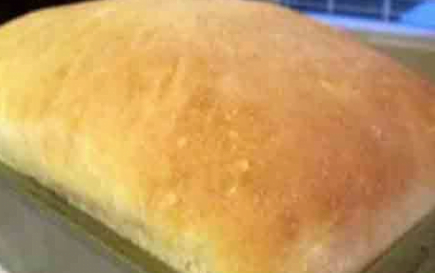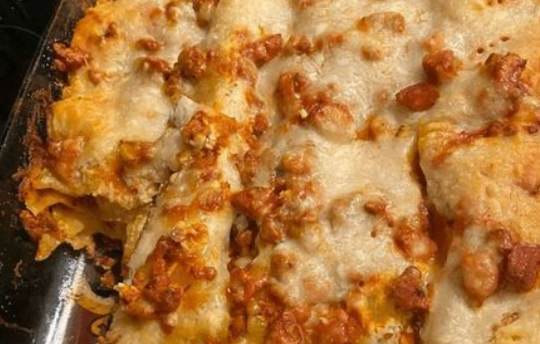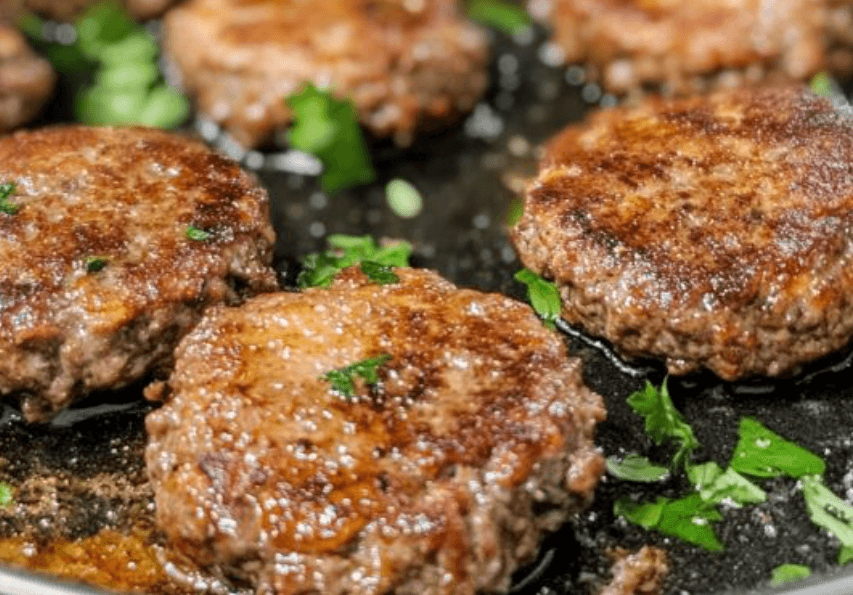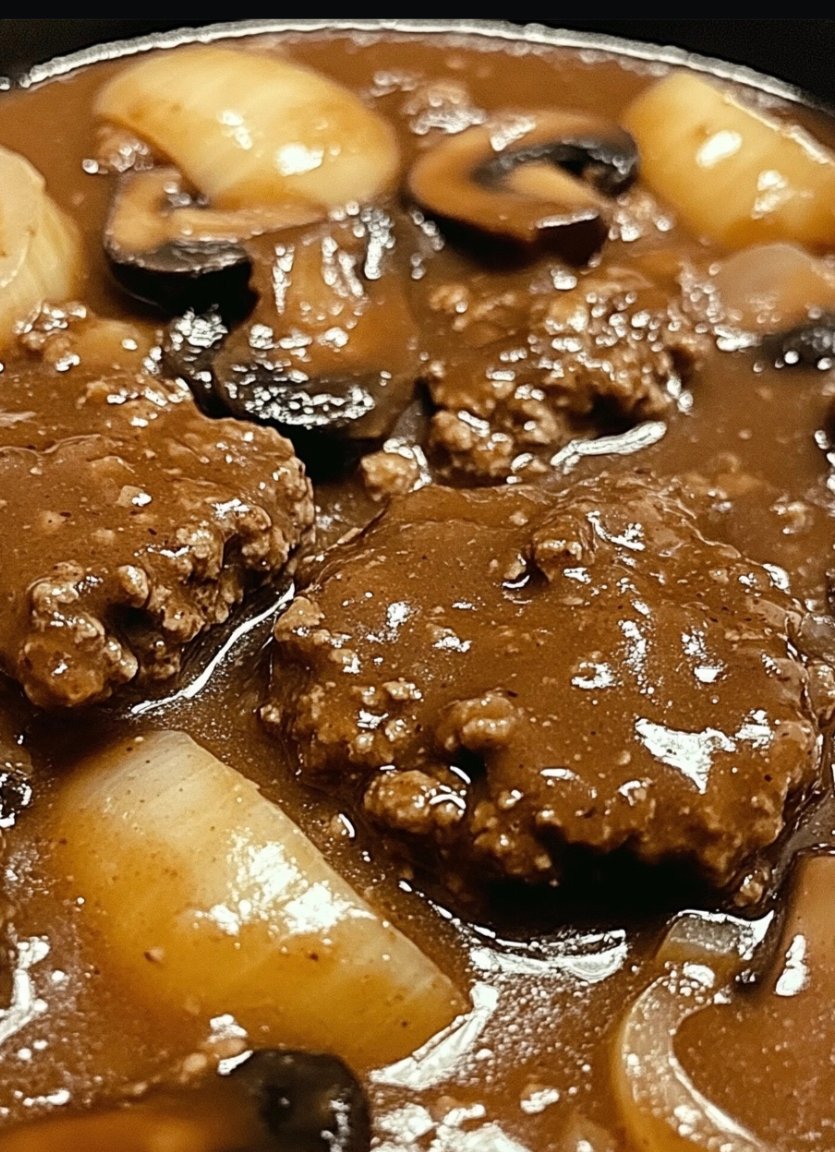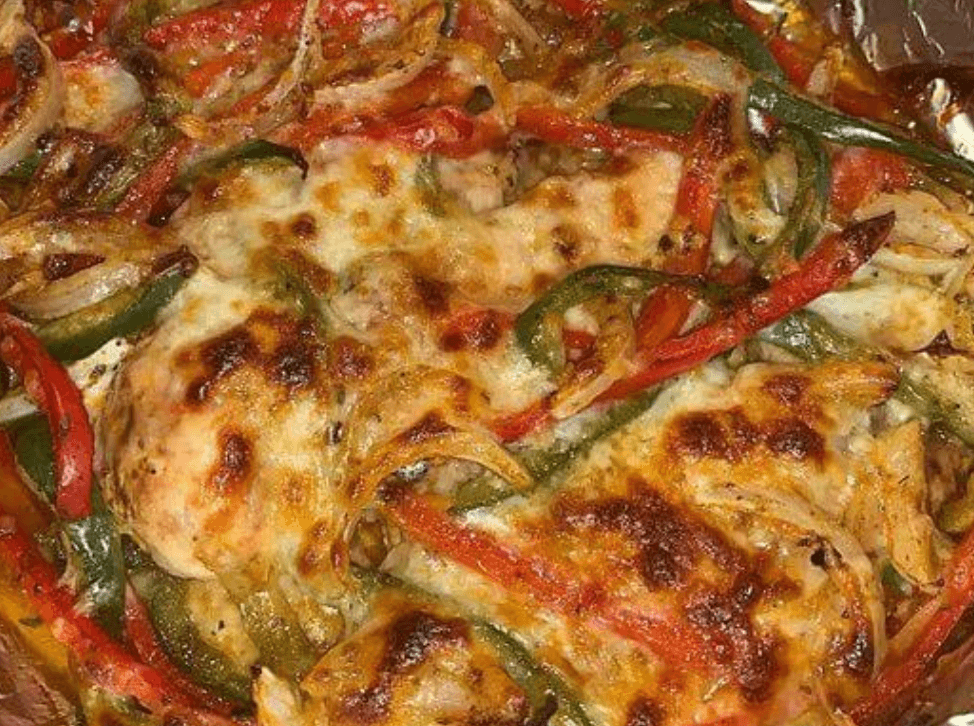Homemade Amish White Bread: A Timeless Classic
Embark on a culinary journey with our recipe for Amish White Bread—a beloved classic that has been passed down through generations. With its soft texture, subtle sweetness, and comforting aroma, this homemade bread is sure to become a staple in your kitchen. Whether you’re a seasoned baker or just starting out, there’s something magical about the process of making bread from scratch. So roll up your sleeves, gather your ingredients, and let’s dive into the wonderful world of Amish White Bread.
Ingredients:
- 2 Cups warm water (about 110-120 degrees)
- 2/3 Cups white sugar
- 1½ Tablespoons yeast
- 1½ Teaspoons salt
- 1/4 cup vegetable oil
- 6 cups flour
Instructions:
- In a large mixing bowl, combine the warm water and white sugar. Stir until the sugar is dissolved.
- Sprinkle the yeast over the water mixture and let it sit for 5-10 minutes, or until foamy.
- Once the yeast is activated, add the salt and vegetable oil to the bowl and mix well.
- Gradually add the flour, one cup at a time, stirring until a soft dough forms.
- Turn the dough out onto a lightly floured surface and knead for 6-8 minutes, or until smooth and elastic.
- Place the dough in a greased bowl, cover with a clean kitchen towel, and let it rise in a warm, draft-free place for 1-2 hours, or until doubled in size.
- Once the dough has risen, punch it down and divide it into two equal portions.
- Shape each portion into a loaf and place them in greased 9×5-inch loaf pans.
- Cover the pans with a clean kitchen towel and let the dough rise for an additional 30-45 minutes, or until it has risen above the rim of the pans.
- Preheat your oven to 350°F (175°C). Bake the loaves for 25-30 minutes, or until golden brown and hollow-sounding when tapped on the bottom.
- Remove the bread from the oven and let it cool in the pans for 5 minutes before transferring to a wire rack to cool completely.
Cook Notes and Variations:
- For a richer flavor, you can substitute honey or maple syrup for the white sugar.
- Add a tablespoon of vital wheat gluten to the flour to improve the texture and rise of the bread.
- Experiment with different types of flour, such as bread flour or whole wheat flour, for variations in flavor and texture.
Keto and Low Carb Versions:
- While traditional Amish White Bread is not keto-friendly or low-carb, you can make modifications to the recipe to fit your dietary preferences.
- Substitute almond flour or coconut flour for the all-purpose flour to reduce the carb content.
- Use a sugar substitute such as erythritol or stevia in place of the white sugar to keep the recipe keto-friendly.
- Add a tablespoon of psyllium husk powder to the dough for added fiber and texture.
In conclusion, Amish White Bread is more than just a recipe—it’s a tradition, a labor of love, and a symbol of comfort and nourishment. With its simple ingredients and timeless appeal, this homemade bread is a testament to the joy of baking and the pleasure of sharing homemade food with loved ones. So whether you’re baking a loaf for your family or giving it as a gift to a friend, take pride in the process and savor every slice of this delicious bread.
Frequently Asked Questions (FAQs):
- Can I use instant yeast instead of active dry yeast? Yes, you can substitute instant yeast for active dry yeast in this recipe. However, you may need to adjust the rising time accordingly, as instant yeast tends to rise faster.
- How do I know when the dough has risen enough? The dough should double in size during the first rise and rise above the rim of the loaf pans during the second rise. You can also perform the “finger test” by gently pressing your finger into the dough. If the indentation remains, the dough is ready.
- Can I freeze the bread dough for later use? Yes, you can freeze the bread dough after the first rise. Shape the dough into loaves, wrap them tightly in plastic wrap, and freeze for up to 2 months. Thaw the dough in the refrigerator overnight before baking.
- Why is my bread dense and heavy? Dense and heavy bread can result from over-kneading the dough, using too much flour, or not allowing the dough to rise properly. Be sure to follow the recipe instructions carefully and avoid adding too much flour during the kneading process.
- Can I add seeds or grains to the bread dough? Absolutely! Feel free to add seeds such as sesame seeds, poppy seeds, or sunflower seeds, or grains such as oats or quinoa to the bread dough for added flavor and texture.
- How should I store leftover bread? To keep leftover bread fresh, store it in an airtight container or plastic bag at room temperature for up to 3-4 days. You can also freeze the bread for longer storage—slice it first, then wrap it tightly in plastic wrap and aluminum foil before freezing.
- Can I make this bread without a bread machine? Yes, this recipe is designed to be made by hand without the need for a bread machine. Simply follow the instructions for mixing, kneading, and shaping the dough as outlined in the recipe.
- Can I make smaller loaves or rolls instead of two large loaves? Yes, you can divide the dough into smaller portions to make individual loaves or rolls. Adjust the baking time accordingly based on the size of the loaves or rolls.
- Can I add herbs or spices to the bread dough for extra flavor? Yes, you can add herbs such as rosemary, thyme, or oregano, or spices such as cinnamon or nutmeg to the bread dough for a flavorful twist. Just be sure to adjust the quantities to suit your taste preferences.
- Can I use a bread machine to make this bread? While this recipe is designed for making bread by hand, you can adapt it for use in a bread machine by following the manufacturer’s instructions for mixing, kneading, and baking the dough.
